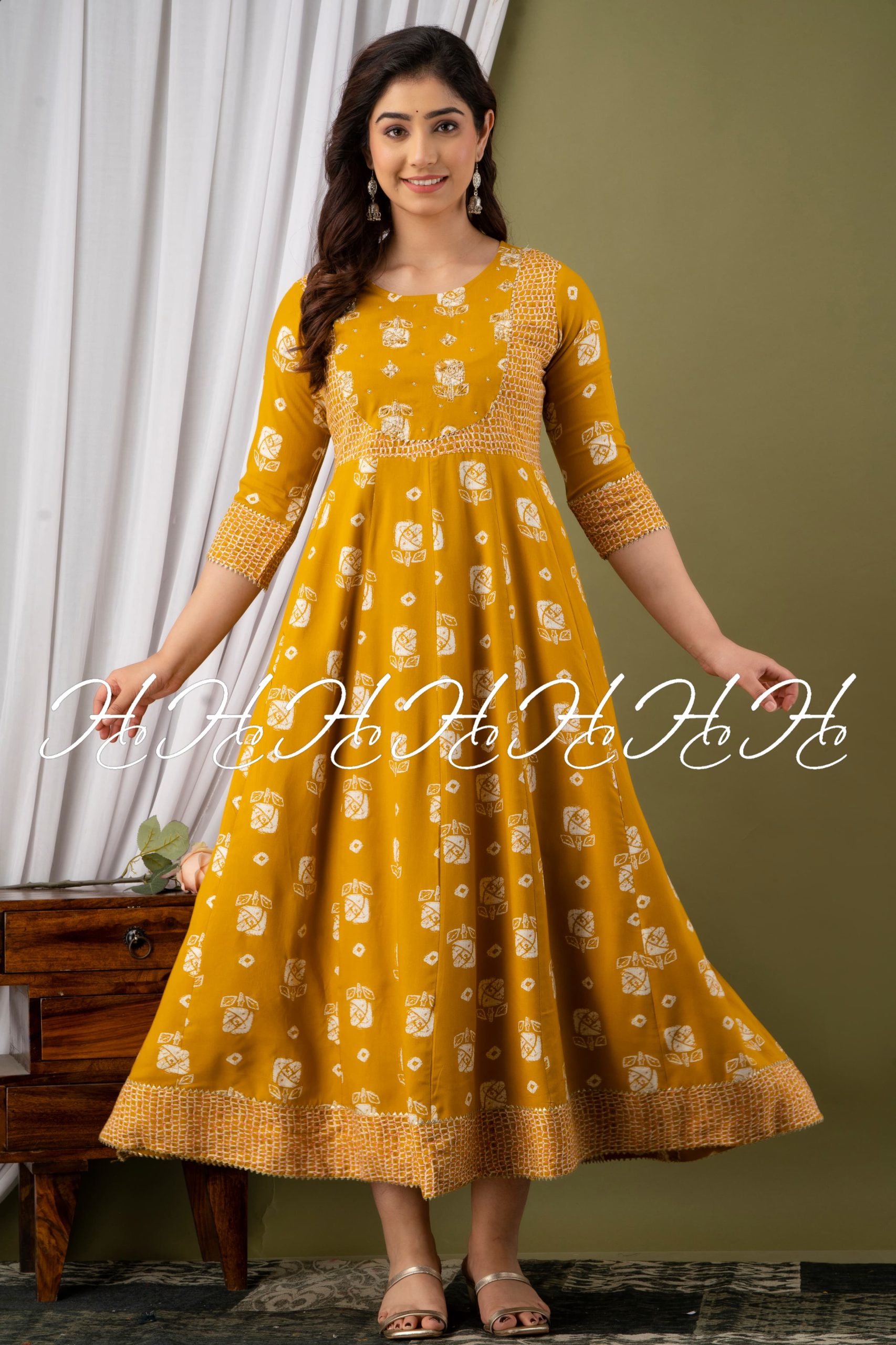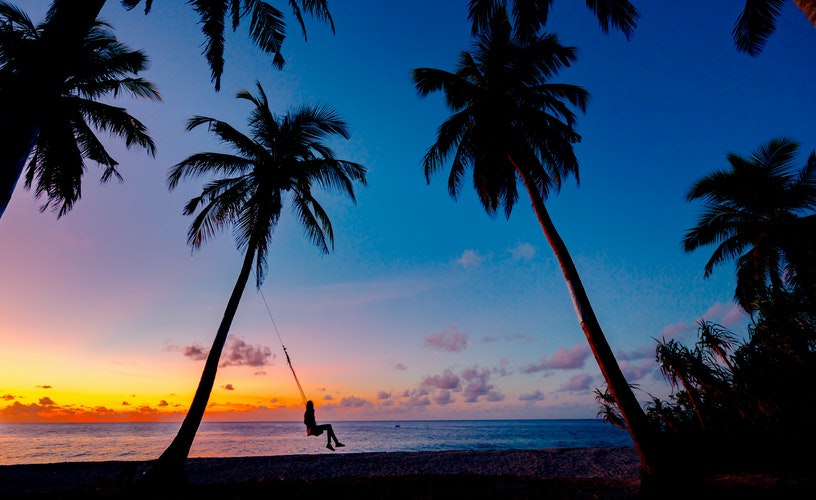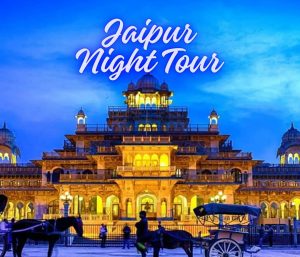Tracing the Evolution: Early Buddha Statues to the Iconic Thai Buddha Statue
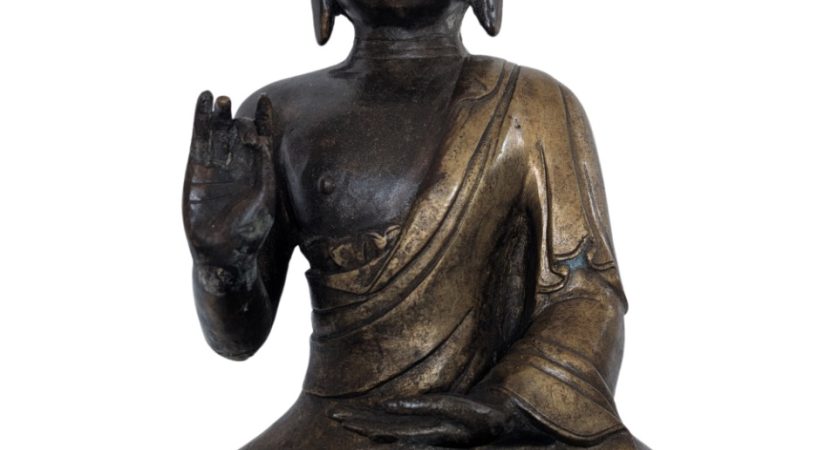
The image of the Buddha is one of the most recognized symbols of peace, wisdom, and enlightenment worldwide. Yet, many may not realize that the serene face and meditative posture we often associate with the Buddha evolved over centuries, shaped by diverse cultures, artistic styles, and religious influences. Among the most fascinating aspects of this evolution is the journey from Early Buddha Statues to the elegant and distinct forms of the Thai Buddha Statue we admire today.
The Birth of Buddha Imagery: Early Buddha Statues
For centuries after the passing of Siddhartha Gautama—the historical Buddha—his followers avoided depicting him in human form. Instead, they used symbols like the lotus flower, the Bodhi tree, footprints, or an empty throne to represent his presence and teachings. This symbolic approach reflected the belief that the Buddha had transcended the human realm.
It wasn’t until around the 1st century CE, during the rule of the Kushan Empire in regions that are now northern India, Pakistan, and Afghanistan, that artists began crafting Early Buddha Statues. Two prominent schools of art emerged—Gandhara and Mathura—each contributing unique characteristics to the earliest Buddha images.
The Gandhara Style
The Gandhara style was heavily influenced by Greco-Roman art, a result of Alexander the Great’s campaigns and the cultural exchanges along the Silk Road. Early Buddha statues from this region often resemble Roman sculptures, with realistic facial features, wavy hair, and detailed drapery reminiscent of classical togas. The statues depict the Buddha with a calm yet commanding presence, often seated in meditation or standing with his right hand raised in a gesture of reassurance.
The Mathura Style
Meanwhile, the Mathura school developed a more indigenous interpretation, rooted in Indian artistic traditions. These early Buddha statues were often carved from red sandstone, with a softer, more rounded appearance. The Buddha is portrayed with a slight smile, symbolizing inner peace and spiritual contentment. His body is robust and idealized, exuding strength and divine grace.
Together, these early artistic expressions laid the foundation for the depiction of the Buddha across Asia, inspiring countless interpretations and adaptations in different cultures.
The Journey to Southeast Asia
As Buddhism spread across Asia, so too did the artistic tradition of depicting the Buddha. By the 3rd to 6th centuries CE, the religion had reached Southeast Asia, carried by merchants, missionaries, and monks. Local artists in present-day Thailand, Myanmar, Laos, and Cambodia began incorporating their own cultural aesthetics into the representation of the Buddha.
Over time, the Thai Buddha Statue emerged as one of the most iconic and refined expressions of Buddhist art in the world.
The Thai Buddha Statue: Grace, Elegance, and Symbolism
Thailand embraced Buddhism as early as the 3rd century BCE, but it was during the Sukhothai period (13th to 15th centuries) that the distinctive style of the Thai Buddha Statue truly flourished.
Features of the Thai Buddha Statue
What sets the Thai Buddha Statue apart is its delicate elegance, harmonious proportions, and spiritual symbolism. Unlike the more robust Early Buddha Statues, Thai representations often feature:
A slender, elongated body with smooth, flowing lines.
An oval-shaped face with a gentle, serene expression.
The iconic flame-like ushnisha, symbolizing spiritual radiance, atop the Buddha’s head.
Graceful hand gestures (mudras), such as the “Calling the Earth to Witness” posture, symbolizing the moment of enlightenment.
The smooth, stylized robes, which cling gently to the body, emphasizing its idealized form.
Regional Influences and Styles
Throughout Thailand’s history, different regions and dynasties contributed their own interpretations to Buddha imagery. For example:
The Ayutthaya period saw more grand, monumental Buddha statues with a sense of royal authority.
The Lanna period in northern Thailand favored softer, more rounded forms with a distinctive local character.
The Rattanakosin period, continuing to the present day, refined the classic Thai style into the elegant, gilded statues that adorn temples across the country.
A Living Tradition
Today, Thai Buddha Statues are not just historical artifacts—they are living symbols of devotion, spirituality, and national identity. From the towering golden Buddha of Wat Pho in Bangkok to the serene images nestled in mountain temples, these statues inspire millions with their beauty and meaning.
At the same time, scholars, collectors, and art enthusiasts continue to study the evolution from Early Buddha Statues to modern interpretations. This journey reflects not only artistic progress but also the enduring human quest to express the inexpressible—the infinite wisdom and compassion of the Buddha.
Conclusion
The story of Buddha statues is a story of cultural dialogue, artistic evolution, and spiritual expression. From the Greco-Roman influenced figures of ancient Gandhara to the graceful, golden icons of Thailand, each statue tells a part of this fascinating history. Whether you are a traveler, a history lover, or a spiritual seeker, exploring these sacred images offers a window into the heart of Buddhist art and the timeless message of enlightenment.
If you’d like, I can also help optimize this for SEO or format it for a blog platform like WordPress. Let me know!
Ask ChatGPT
- SHARES
- [shared_counts]

Ashmawi Sami has a Bachelor degree in Travel and Tourism Management from the University of Minnesota. He has his own travel vlogging channel. Besides being a fantastic yoga instructor he has travelled to 9 countries and planning his next trip soon. As the father of 3 dogs, he is well-trained in parenting, crowd control, and crisis situations.
ABOUT ME

Gillian is a freelance blogger, student, and full-time traveler. Each day she spends her time exploring something exciting to help people find the information they need while travelling to a new destination. Whether it be the place to enjoy holidays, or a spot to throw a party or hidden gems that you must visit in the city.
ALL CATEGORIES
- Adventure (13)
- art&gallery (1)
- Automotive (10)
- Beauty (3)
- blog (61)
- Business (817)
- cleening (6)
- contretation (1)
- couier services (5)
- courier services (1)
- driving school (1)
- Education (13)
- Event (5)
- events (1)
- fashion (1)
- Forests (5)
- gameing (6)
- Health (297)
- INDUSTRIALES (2)
- Insurance (11)
- Lifestyle (13)
- machinery (3)
- matel steel (1)
- News (2)
- property (2)
- Real Estate (19)
- Shopping (26)
- Tech (1)
- Technology (25)
- Travel (13)
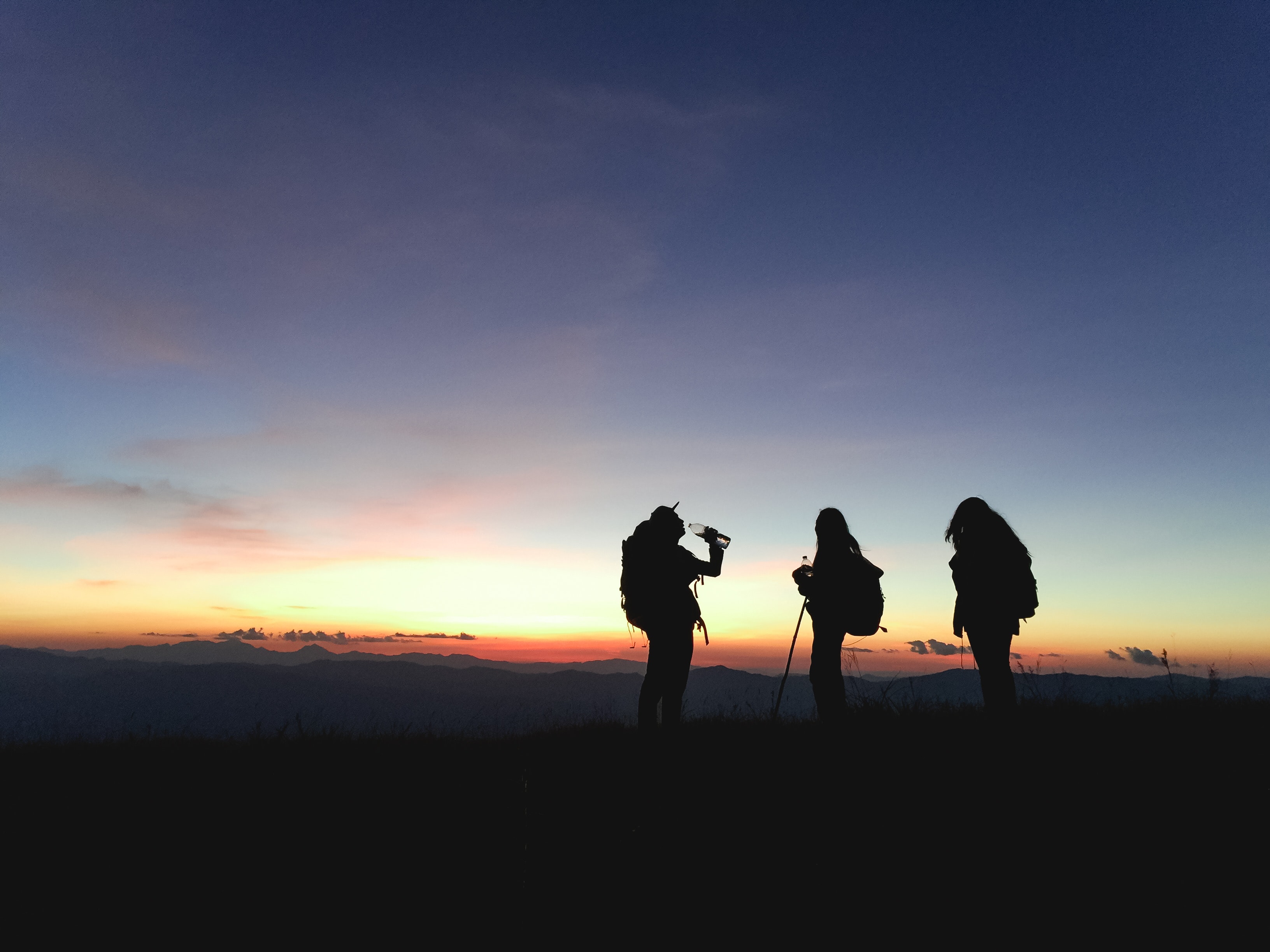
JOIN US TODAY
POPULAR POST
January 27, 2021 -
Adventure Travel For The Audacious Spirit
January 27, 2021 -
Small Business Loans for Women
January 27, 2021 -
Adventure Tours in Vanuatu
RECENT POST
December 3, 2025 -
Innovative Office and Educational Solutions: Premium Furniture and Digital Learning in Dubai, UAE
In today’s dynamic business and education landscape, creating...
December 3, 2025 -
Discover the Finest Kenyan Coffee Beans: Buy, Brew, and Savor Premium Single Origin Coffee in Australia
Kenyan coffee has earned a reputation worldwide for...
December 3, 2025 -
How Much Does an Atlanta Emergency Dentist Typically Cost?
When sudden dental pain strikes, finding an Atlanta...
November 29, 2025 -
French Bedroom and Rustic Dining Tables: A Perfect Blend of Elegance and Warmth
Designing a home that balances sophistication with comfort...


